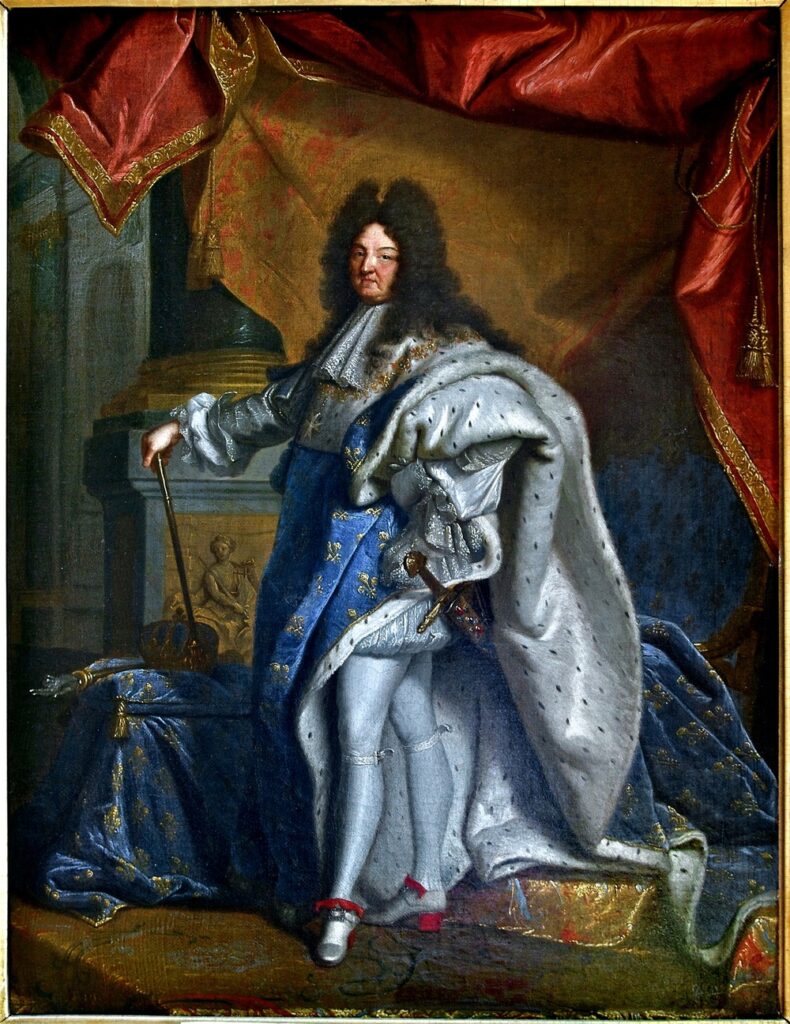
The culinary legacy of King Louis XIV
During his 72-year reign, Louis XIV (1643-1715) centralised power, led France through numerous wars, built the opulent Palace of Versailles and earned himself the nickname the Sun King (partly because he liked to compare himself to the Greek sun god Apollo). He also had quite an effect on French cuisine, and it was Louis’ court at Versailles which became the epicentre of culinary refinement, elevating French gastronomy to a level of sophistication that still resonates today.

One of Louis XIV’s most significant contributions to French cuisine was his patronage of culinary excellence, which transformed cooking from its medieval roots into an altogether more refined discipline. This was due in part to chefs such as François Pierre de La Varenne, whose 1651 cookbook, Le Cuisinier François, established foundational techniques such as reductions, roux-based sauces, and a shift away from the heavily-spiced medieval dishes towards more natural flavours.
Dining etiquette
The Sun King’s court at Versailles also set the standard for grand dining. Lavish banquets, known as grands couverts, featured meticulously arranged courses, served in an orderly sequence rather than all at once, which had been the habit previously. Under Louis XIV, dining became not only a matter of sustenance but also an elaborate social performance, and the king’s insistence on strict etiquette at meals influenced table manners throughout Europe, popularising the use of individual place settings and utensils such as forks.

Agricultural reforms
Louis XIV commissioned extensive agricultural projects, including the cultivation of new fruits and vegetables at the Potager du Roi (the King’s Kitchen Garden) in Versailles. Designed by Jean-Baptiste de La Quintinie, the garden introduced previously rare produce such as asparagus, peas, and artichokes to the royal table – products that soon gained popularity in fashionable homes throughout France.
The king also encouraged the development of France’s wine and cheese industries. It was right at the end of the 17th century that champagne began to emerge as the preferred beverage amongst the upper sets, and with the help of figures like Dom Pérignon, whose pioneering techniques enhanced its production, it soon became the most prestigious of all wines.
So from wine to veg to table manners, Louis XIV’s influence on culinary matters is undeniable. And it’s still evident all these centuries later in the way people today eat, drink and celebrate food across France and beyond.

Latest Posts:
Share to: Facebook Twitter LinkedIn Email



